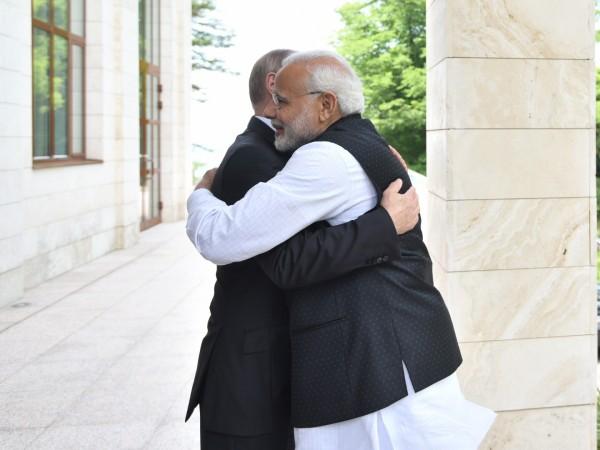
India and Russia have agreed on a new payment method in their national currencies to bypass the possible US sanctions and banking restrictions. The development has come after a long deliberation on finding ways to avoid sanctions proposed by the US. The agreement has now allowed New Delhi to pay the first instalment for two of its warships which are currently being manufactured in Russia. Bloomberg reported that the central banks of the two countries have agreed to settle defence contracts in rubles and rupees.
The Russian defence sector is trying hard to maintain sales. The total sales last year could only reach $19 billion possibly because of the threat by the US to any country indulging in arms trade with Russia. Though the US has applied these sanctions only against China, the sentiment of fear has greatly affected the Russia arms export. Notably, Russia is the second largest exporter of arms after the US and as per the Stockholm International Peace Research Institute 2014-18 the country has suffered a 17% drop in exports of arms and ammunition amid lower orders by India and Venezuela.
In recent times, the US has become an important ally for India but New Delhi and Moscow have maintained their long-time strategic ties dating back to the Soviet era. Even though there has been a substantial jump in Indo-US defence deals Russia still accounts for 58% of its imports.

The US had been warning India of severe sanctions if it bought S-400 air defence missile system. S-400 missile is regarded as the most reliable against a larger array of aerial attacks, particularly against the US made aircraft such as F-18s and F-35s. If the news reports are to be believed S-400 has the capability of intercepting US air force's jewel F-22 Raptor and F-35 lightning.
Interestingly, S-400 has the capability of intercepting and destroying airborne targets at a distance of up to 400 kilometres and can simultaneously engage up to six targets. Each S-400 unit consists of tracking and search radar systems, eight launchers, 112 guided missiles, and command and support vehicles. The first missile system is expected to be delivered by the end of 2020.










